Fiber Connectivity
Fiber connectivity uses tiny glass or plastic fiber strands to send light signals that carry data. With little loss or interference, these optical fibers can transport massive volumes of data over vast distances.
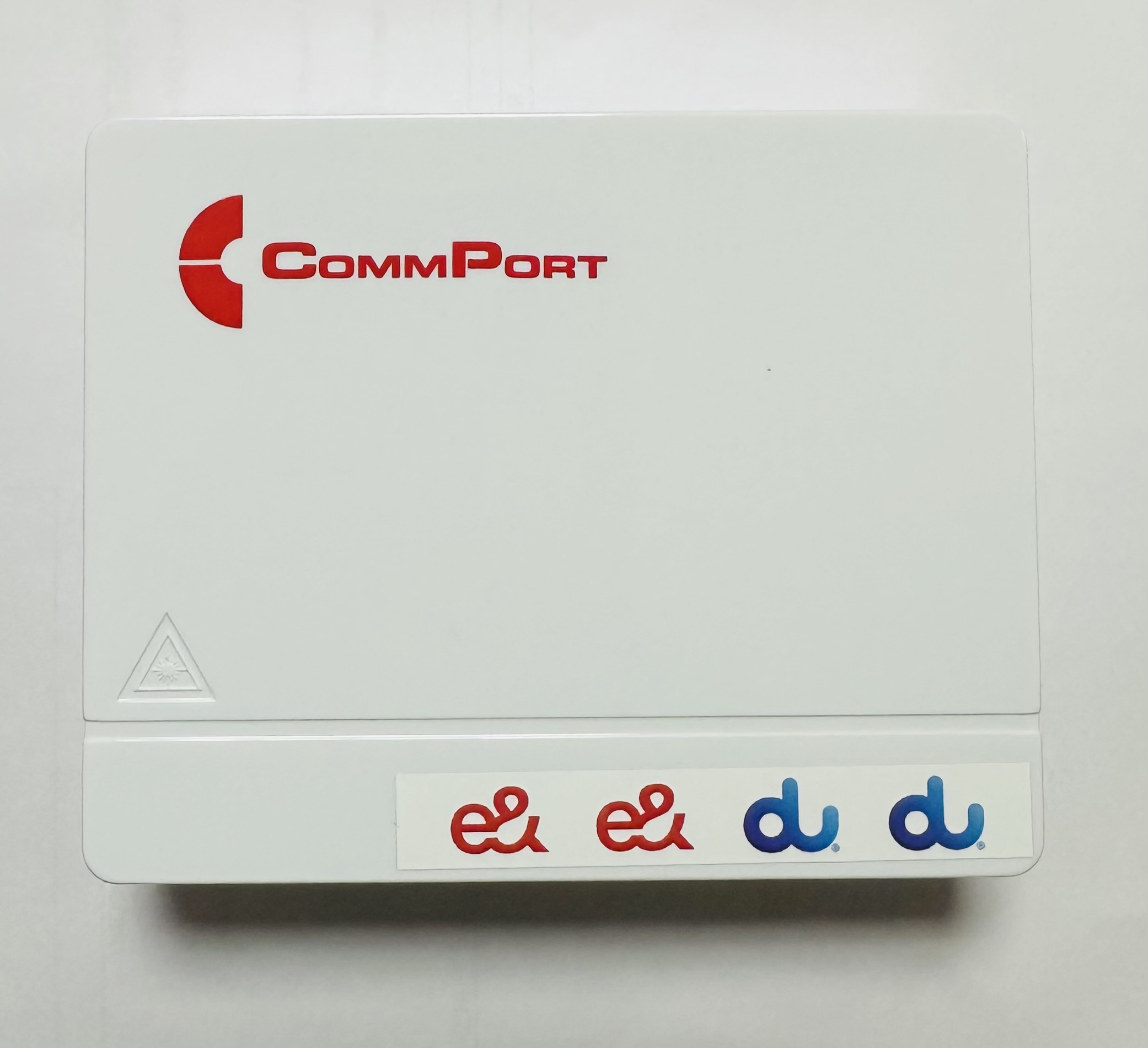
Micro ODF
In a variety of indoor settings, the Micro ODF 4-port unloaded provides a flexible and effective way to manage fiber optic cables. For home, office, and data center applications, its small size, unloaded ports, and simple installation make it a great option.
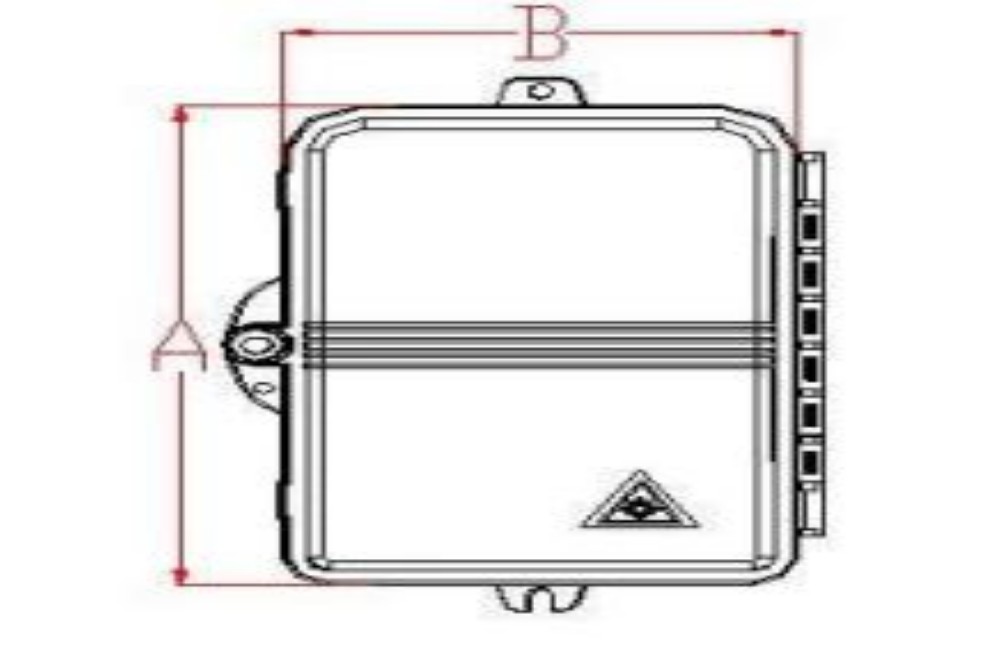
FTP IP65
In fiber optic networks, a port fiber termination box (FTB) is an essential part, particularly for Fiber to the Home (FTTH) and Fiber to the X (FTTX) applications. From the line side, it acts as an interface between the fiber optic cable and the pigtails that attach to the end devices or the fiber distribution frame.
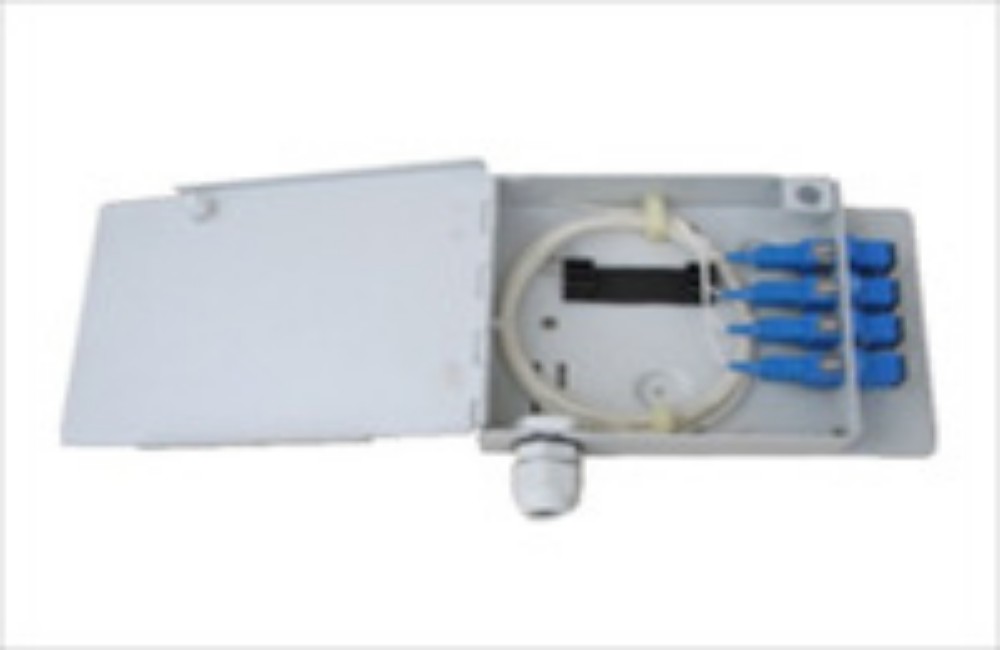
Breakout Boxes
Wall Mount FO Breakout Box is a perfectly finished fiber termination box in SPCC Metal that can be easily mounted on a wall for all fiber termination applications. It has a built in splice holder for easy terminations.
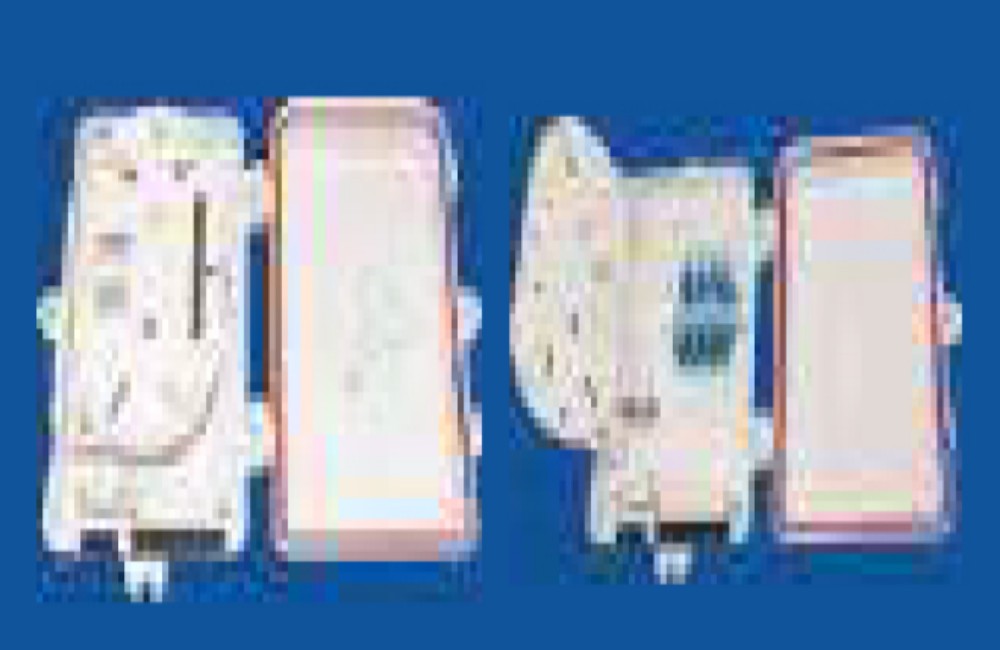
FTTH Terminal box
Fiber optic networks require breakout boxes for FTTH (Fiber to the Home) end terminal applications because they offer a safe and structured method of managing and terminating fiber connections. Incoming fibers are divided into several outgoing tails by these boxes, guaranteeing dependable and effective data transfer.
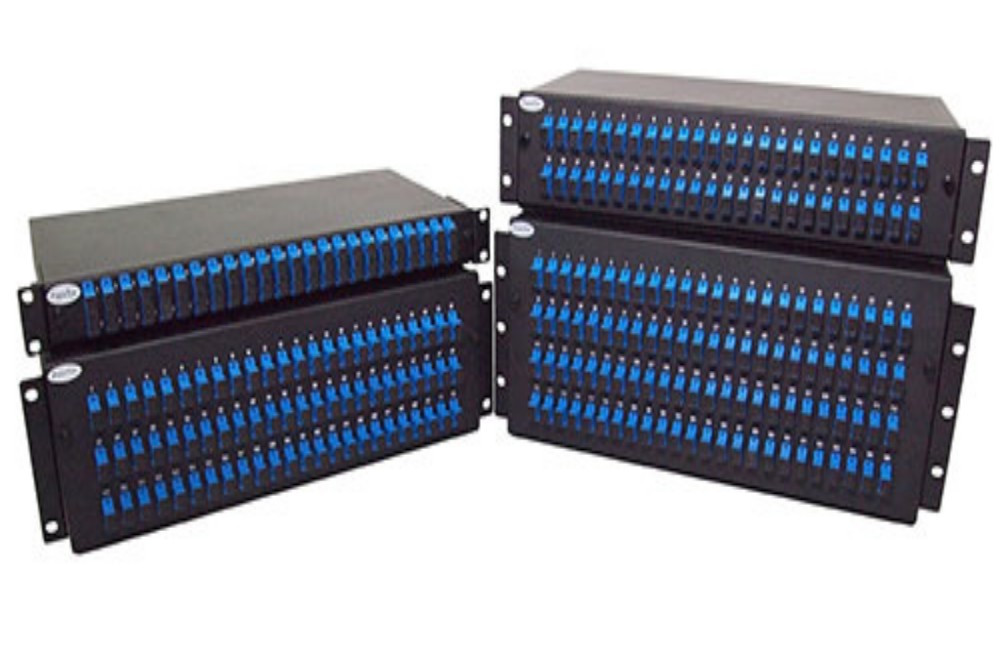
Rack Mount Patch panels
In a variety of settings, fiber optic rack mount patch panels are necessary to build well-organized and effective fiber optic network infrastructures. Applications ranging from data centers to enterprise networks benefit greatly from their high-density fiber management, accessibility, and longevity.
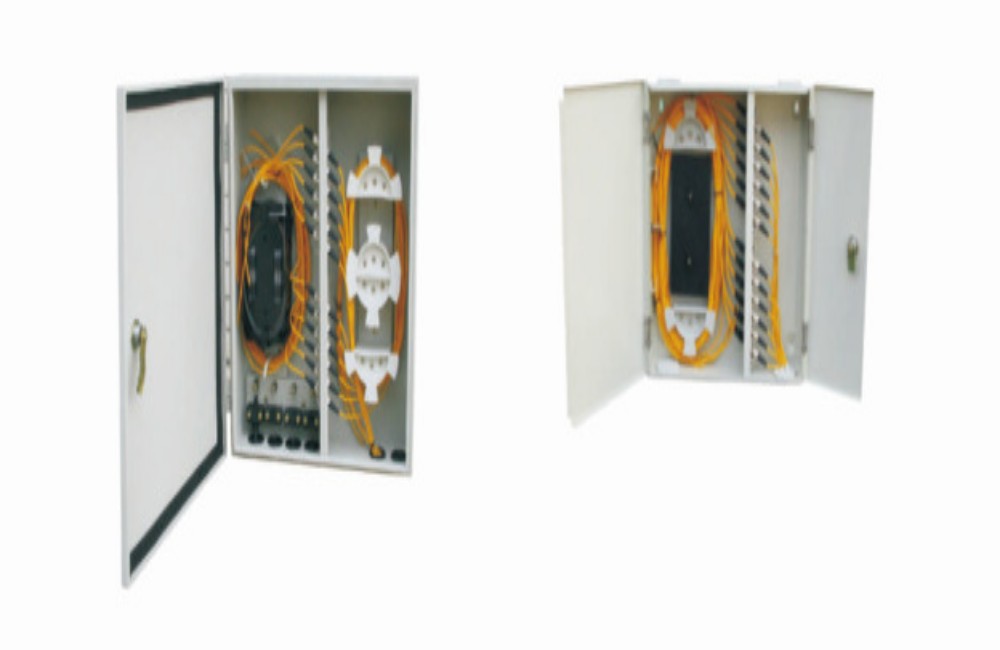
Wall mount termination box
In fiber optic networks, wall mount fiber optic termination boxes are essential parts that offer a safe and well-organized method of managing and terminating fiber connections in small areas. Due to their wall-mounting style, these boxes are perfect for spaces that are constrained.
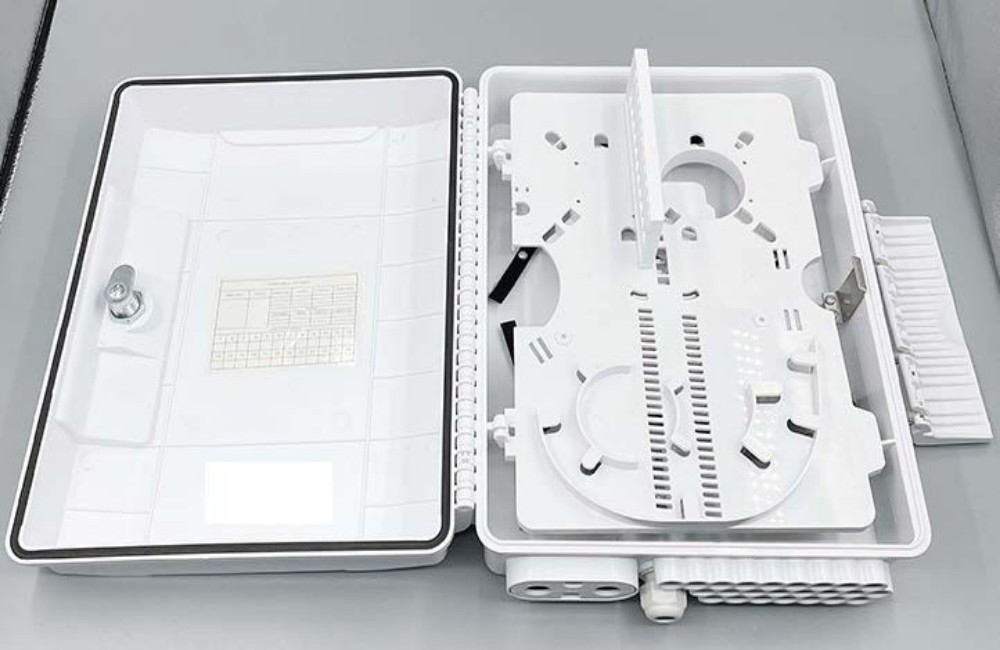
Wall mount termination box IP65
Outdoor wall mount termination box is used as termination point for the feeder cable to connect with drop cable in FTTx communication network systems. It integrates fiber splicing, distribution, storage and cable connection in one unit. Its IP protection secure the connections under harsh outdoor conditions.
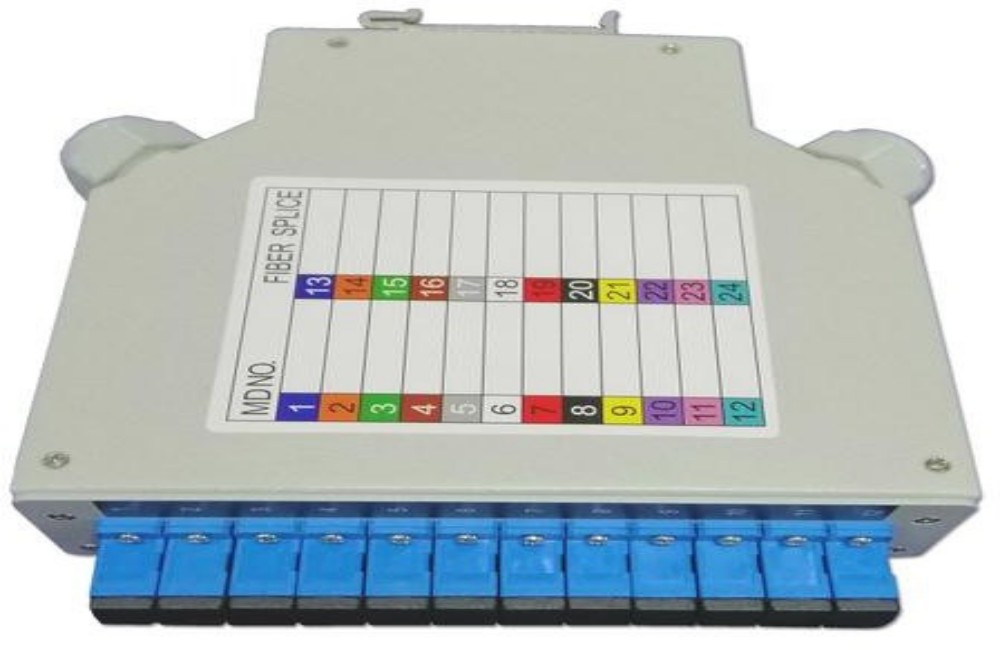
Din Rail Mount patch panel
In industrial environments, a DIN Rail Mount Fiber Terminal Box is a small and effective way to manage and terminate fiber optic connections. DIN rails, which are common metal rails used to attach industrial control equipment, are the precise mounting location for these units.
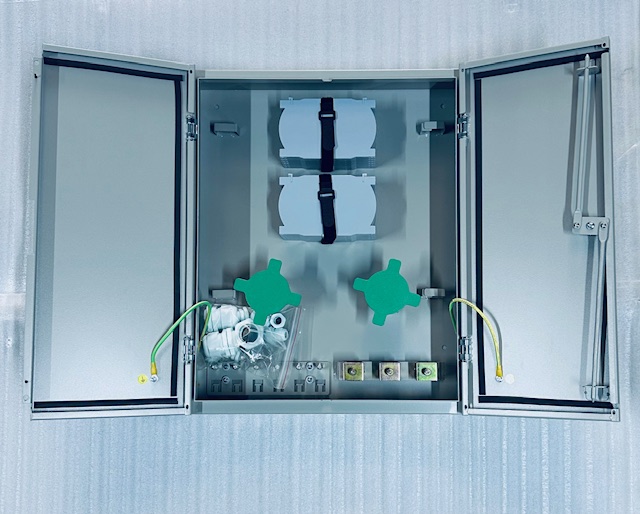
Direct splicing box
An enclosure specifically made to handle and terminate fiber optic connections directly by splicing is called a Direct Splicing Wall Mount Fiber Optic Termination Box. Since these boxes are usually wall-mounted, they are perfect for installations with little space.
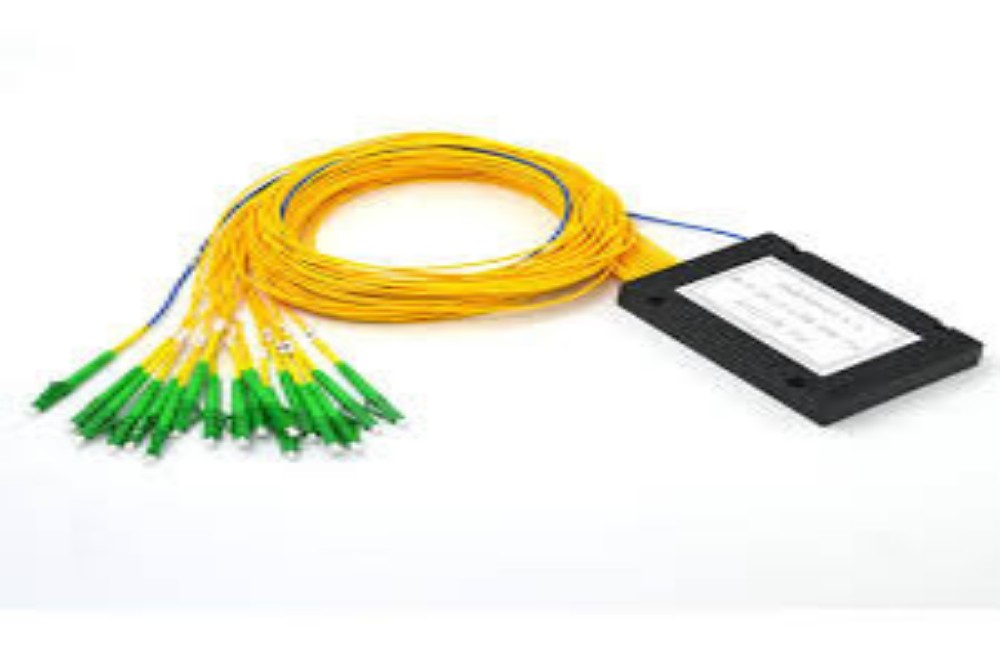
Rack Mount Splitter
Fiber optic splitter, also referred to as optical splitter, fiber splitter or beam splitter is based on a quartz substrate of an integrated waveguid optical power distribution device. The optical network system uses an optical signal coupled to the branch distribution. The fiber Optic Splitter is one of the most important passive devices in the optical fiber link.

Adaptors
In order to join and align the ends of fiber optic cables, fiber optic adapters are crucial parts of fiber optic networks. Low-loss light transmission between linked fibers is made possible by these adapters, which guarantee exact alignment of the fiber cores.
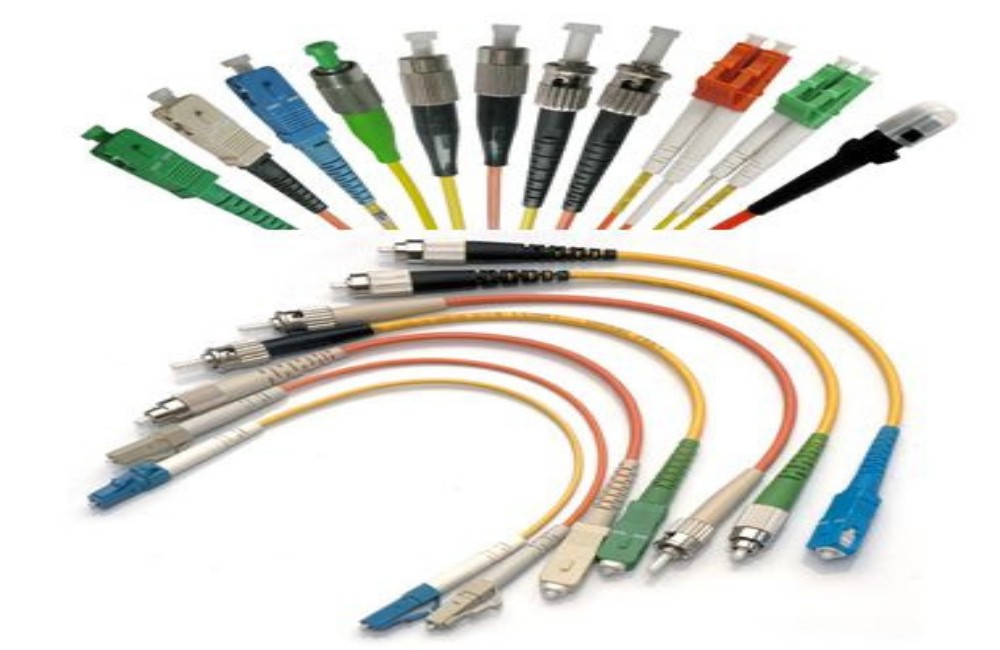
Patch cord and pigtials
In fiber optic networks, patch cables and pigtails are crucial components that enable the connections between various network devices and guarantee dependable and effective signal transmission.

Splice cassette
Splice cassettes are necessary to build fiber optic networks that are dependable and high-performing. They are useful elements in a variety of applications, from data centers to telecoms closets, due to their accessibility, structured management, and protection.
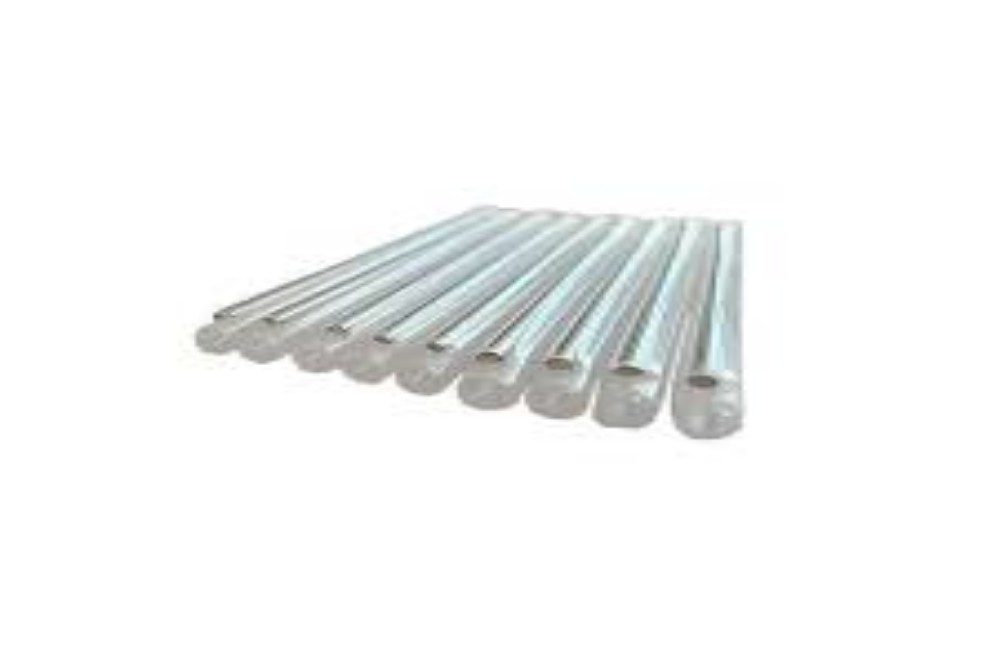
Splice Protectors
Splice protectors, which are crucial parts of fiber optic networks, are made to shield fusion splice points from mechanical stress and environmental harm. They are essential to preserving the functionality and integrity of fiber optic links.